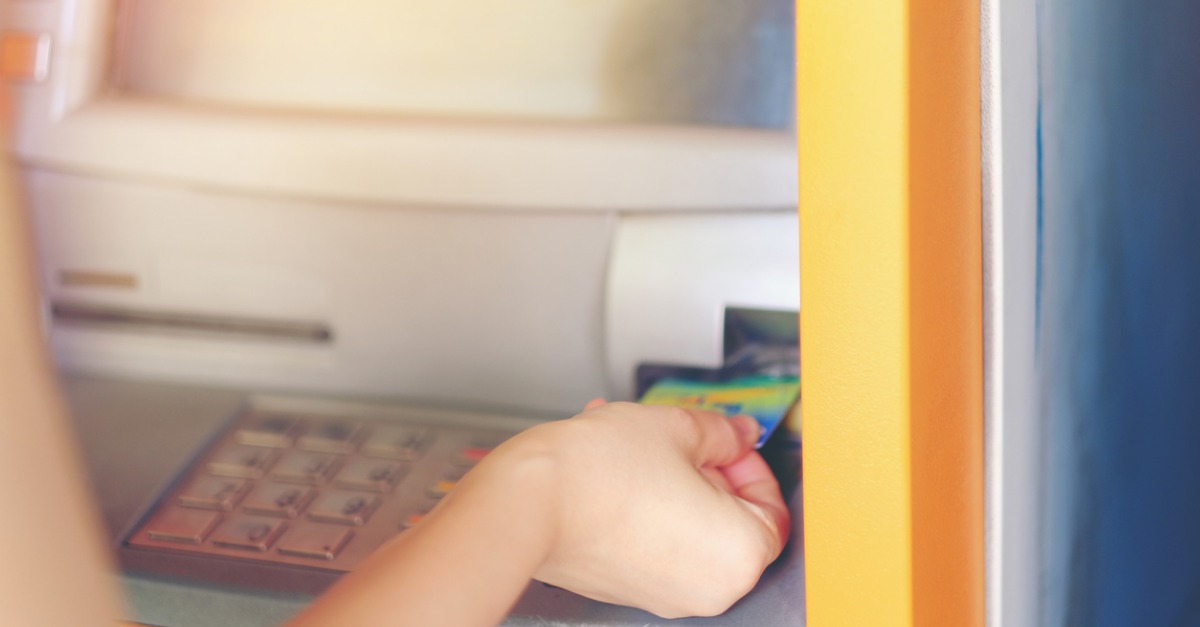If you’re not entirely sure as to what credit card skimming is, it can sound like something mischievous. Someone “skimming” your credit card? That sounds dicey. And it is. It’s also illegal. In fact, it can lead to your personal information being stolen and used by thieves to buy things fraudulently.
Credit card skimming usually happens when an illegal device is fitted on top of a real credit card reader at self-service sale terminals. This can be done at a store, ATM or the gas pump when you slide your credit card to pay. The card skimmer reads the magnetic strip on the card and stores the card number. Your PIN can also be captured if a fake keypad was placed over the real one.
Along with gas pumps, ticket kiosks and other places where you pay for things with a credit card—but without a salesperson present—credit card skimming can be done at restaurants or department stores where an employee can copy your credit card number.
How to avoid credit card skimming. The easiest way to avoid skimming is to avoid paying for items at machines that aren’t set up next to a clerk.
Instead of paying outside at the gas pump, go inside the station and use the point-of-sale terminal that’s either right next to a clerk or requires a clerk to swipe your card at the cash register. Criminals are more likely to attach skimming machines to outside pumps than they are at the register inside a store.
If you can’t go inside, check the terminal for tampering and something extra put on it, and don’t use it if it looks funny. You may not be able to tell if a skimmer is attached. Look around for hidden cameras that could record you typing your PIN. Cover your hand while typing.
Pick the machine that’s closest to the front door, where clerks are more likely to see people trying to attach a skimmer—and are thus avoided.
Use a credit card with a chip. Use a credit card and not a debit card when paying at a card reader. If your debit card information is stolen, the thief can drain your bank account within minutes. If you report it missing within two business days, you’re only liable for up to $50 in debit charges. But if you don’t report the theft of a debit card after 60 days, you may not be reimbursed at all. Between two business days and 60 calendar days of a loss or theft, your maximum loss is $500.
A credit card with a chip is your best defense. It can make it harder to skim data, and the most you can be liable for is $50. If you report the loss before your credit card is used, then you aren’t responsible for any charges you didn’t authorize.











